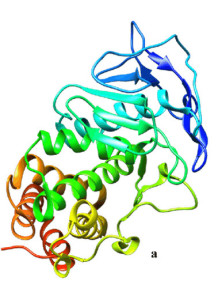Keratinase (100,000U/g)
Food
Code: 126533
promising applications in the animal feed industry, primarily due to its ability to degrade keratin-rich materials, such as feathers, hair, wool, and hoof-derived waste. This enzymatic activity provides a sustainable way to enhance the nutritional value of feed and improve animal health
Cart
No products
Subtotal:
0.00
Total
0.00
THB



